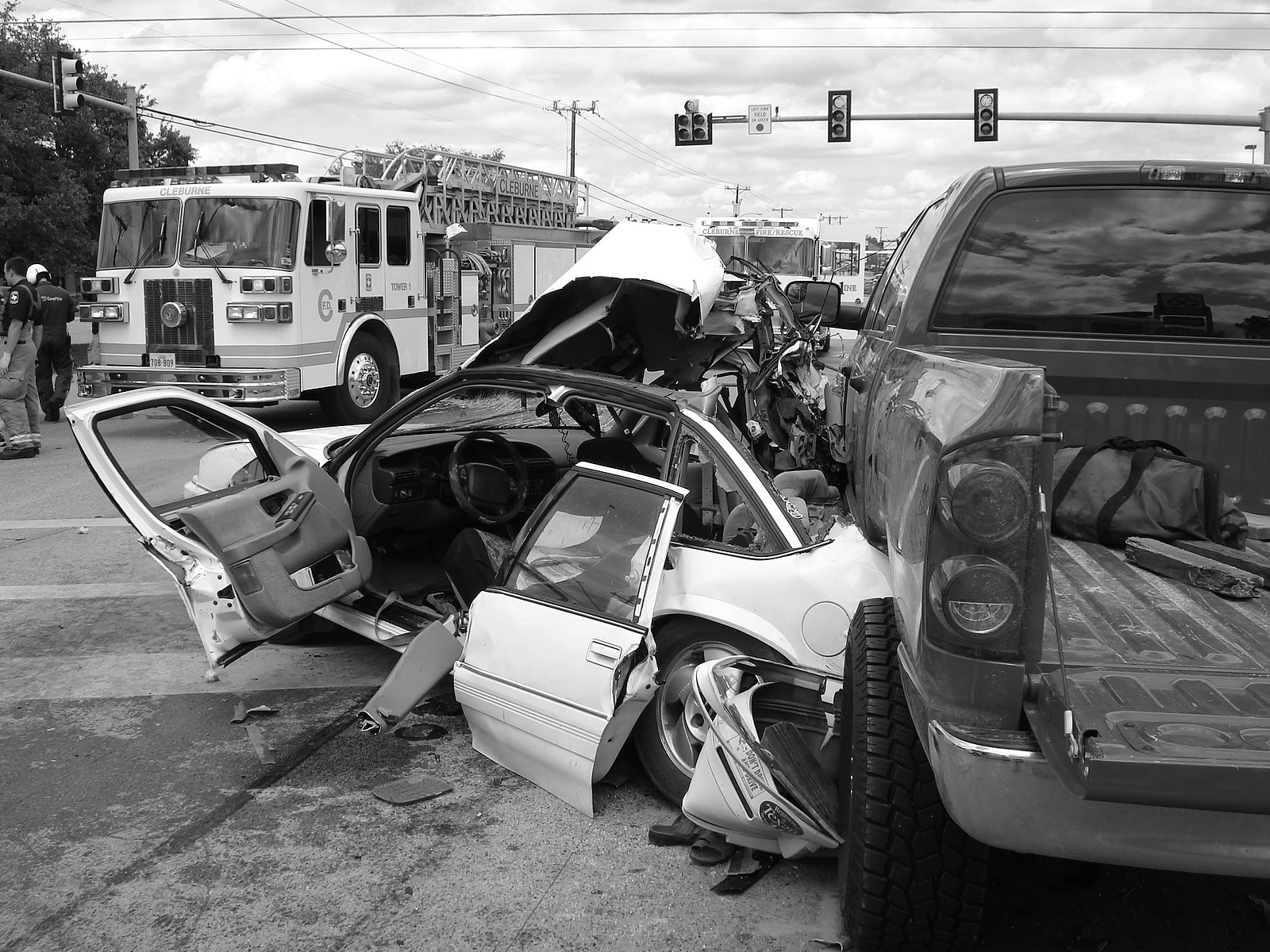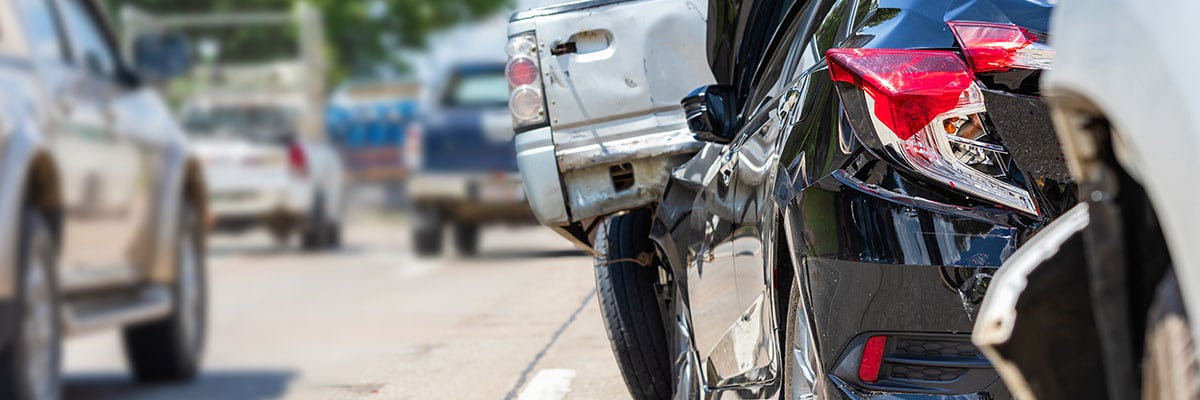
Speeding is among the top contributing factors in fatal accidents. People speed for different reasons, putting themselves and others at risk of serious injury or even death in an accident. The dangers of speeding make it necessary for drivers to stay within posted speed limits, regardless of the factors that may otherwise lead them to exceed the limit.
According to the National Highway Traffic Safety Administration in a recent study, speeding contributes to around 26 percent of all fatal traffic accidents. This percentage shows how important it is for motorists to maintain safe speeds on the road.
The Many Risks of Speeding
Speeding poses several potential risks, which is why drivers must avoid exceeding posted speed limits. In some cases, they may also need to drive below the posted speed limit when driving in inclement weather or other adverse conditions. The following are some of the specific dangers of speeding that motorists should keep in mind:
Increased Risk of Serious Injuries
When speeding, vehicle impact is more likely to cause serious injuries to motorists, passengers, and pedestrians. Also, the risk of death significantly increases.
Greater Chance of Losing Control
Speeding also increases the chances of a driver losing control over their vehicle. At faster speeds, the vehicle’s handling decreases, which can cause drivers to completely lose control and get into an accident.
Insufficient Time to React
At higher speeds, motorists may not have enough time to react to anything that happens around them. For example, a driver may not have enough time to stop when a deer crosses the road. The increased speed would also make the impact more severe, which could injure the deer and cause serious harm to the vehicle and its occupants.
Inability to Adapt to Current Conditions
While exceeding the speed limit is dangerous, some conditions may warrant slowing down below the posted speed limit. For instance, harsh weather conditions such as snow and rain could make the roads slippery, requiring drivers to slow down to retain control of their vehicles. Poor road conditions, fog, and poorly lit areas may also require drivers to slow down to be safe.
Speeding and Driving Under the Influence Significantly Increase Accident Risks
Many people tend to speed when under the influence of alcohol and other drugs. According to NSC Injury Facts, the driver’s age greatly affects alcohol impairment rates.
The study found that although 25 percent of speeding drivers under 21 were alcohol-impaired in fatal accidents, that number rose to 40 percent in the 21 to 54 age groups. The number then decreases as the driver age increases, with 33 percent of 55- to 64-year-old speeding drivers in fatal accidents being under the influence of alcohol at the time of the accident.
Causes of Speeding
Drivers may speed for several reasons. These particular reasons are also behind other types of aggressive driving:
Congested Traffic
When traffic gets heavy, drivers may become aggressive as they grow impatient, particularly when they’re in a hurry to get somewhere. As a result, they may engage in speeding and other aggressive driving behaviors, such as sudden lane changes and road rage directed toward surrounding drivers.
Anonymity
Motorists may also feel detached from the rest of the world when separated from it through their vehicle. Cars and trucks can sometimes feel like shields from the outside environment, leading drivers to become less inhibited in their behavior. As such, they may begin speeding or exhibiting other aggressive behaviors.
At the same time, they may feel encouraged to engage in these behaviors because they aren’t as easy to see and are perceivably less likely to suffer the consequences of their actions.
Running Late
Drivers may also speed or drive aggressively when they’re late to work, an appointment, or another urgent matter. To ensure they get to their destination faster, they may opt to speed and put both themselves and others at risk.
General Disregard for the Law and Other People
Some drivers engage in speeding and other aggressive driving behaviors regularly. While the majority of drivers rarely or never drive aggressively, a small percentage of drivers consider these behaviors to be normal. Many of these drivers may simply disregard other people on the road and the law, leading them to disobey traffic laws, including posted speed limits.
Other Contributing Factors in Accidents
In addition to speeding, drivers may practice other unsafe behavior on the road, increasing the risk of getting into a serious accident. Some potential contributing factors include:
Distracted Driving
Drivers may become distracted while driving for numerous reasons. For example, they may see something on the side of the road that takes their attention away from the road ahead, such as a billboard or sidelined accident. Other distractions could be in the car, such as the driver’s cell phone, GPS, or food that motorists attempt to eat while driving. They may also become distracted by passengers, such as children in the back seats, leading the driver to turn around and interact directly with them.
Any distraction that takes your eyes off the road could lead to serious consequences. Within seconds, distractions may reduce reaction times to unexpected events on the road or lead drivers to miss a traffic signal, which could cause a serious accident.
Drivers must always remain attentive on the road to avoid potentially losing control and getting into a collision.
Drug or Alcohol Impairment
Another major cause of traffic accidents is drunk driving and driving under the influence of other intoxicating drugs, which can lead to speeding and other dangerous behaviors. When intoxicated, drivers are unable to effectively maintain control of their vehicles.
They lose coordination and reaction time, making operating any vehicle or heavy machinery dangerous. Drivers may also be unable to make sound decisions on the road when under the influence, causing them to get into situations they normally wouldn’t get into while sober.
Intoxicated drivers may also become more aggressive, amplifying the dangers of impaired driving. These risks are why the national legal limit for most drivers is a blood alcohol content (BAC) of 0.08 percent. However, this limit is even lower for commercial truck drivers, who must not have a BAC of more than 0.04 percent while driving. If a driver has a BAC of 0.15 or higher when arrested for a DUI, this could lead to criminal charges.
Aggressive Driving
Drivers often exhibit aggressive behaviors, which can contribute to speeding and other dangerous actions. Drivers may make reckless decisions while driving due to impatience or other factors. In turn, they may significantly increase the risk of getting into a serious accident.
Some of the specific types of aggressive driving behaviors that could lead to accidents include:
- Weaving in and out of traffic
- Following other vehicles too closely, also known as tailgating
- Crossing double lines to pass vehicles ahead
- Passing stopped school buses
- Failure to pull to the side of the road or otherwise get out of the way of emergency vehicles
Fatigued Driving
Drivers may also experience fatigue while driving, either because of spending too much time on the road or not getting enough sleep. Often, truck drivers experience fatigue when driving, even though professional drivers must take regular breaks to get rest to avoid fatigue. However, any motorist could experience fatigue while driving, potentially putting people at risk. The fact is that driving while tired is potentially just as dangerous as impaired driving due to the decrease in awareness and reaction times.
What to Do After a Speeding Accident
If you get in an accident and believe a speeding driver caused it, maximize safety, seek treatment for injuries, and build a successful case against the negligent driver. Here’s how:
Remain Calm
Many people’s first instinct in an accident is to panic, but this could endanger everyone involved. By staying calm, you can more accurately assess the situation and avoid making poor decisions that could put you or others at risk of harm.
Maintain the Safety of Everyone Around You
If the damage to your vehicle is minor, you may be able to pull it off to the side of the road and turn on your hazard lights. You may then check for injuries to yourself and others in the vehicle. If you find that someone has sustained serious injuries, avoid moving them until emergency services arrive unless leaving them there endangers them.
Contact the Authorities and Start a Police Report
Contact the police, especially if the damage is extensive and injuries are severe, contact the police to start a police report and have the authorities assess the scene. A police report may help support your claim when negotiating with insurance companies or in a lawsuit involving the speeding driver.
Obtain Contact Information from Witnesses
If witnesses saw the accident, acquire their contact information. These witnesses should also talk to the police, who should note their observations in the accident report. Witness testimony may also help support your version of events when filing a claim or lawsuit.
Collect Evidence to Build a Claim
While at the scene of the accident, capture evidence if possible. This could include photos and video footage of the damage, injuries, and general scene. Additionally, you can write down the accident details before you forget them. If you can’t obtain any evidence at the scene immediately after the accident, you may be able to revisit the scene and gather evidence afterward.
Never Admit Fault
Even if you believe that you were at fault for an accident, never admit it. This includes any apology made to others involved, which insurance companies or attorneys may use as evidence that you were at fault.
Exchange All Necessary Information with the Other Driver
You must get the contact information of the other driver following an accident. This could include their name, phone number, physical address, driver’s license number, insurance company, and other pertinent details.
Speak With an Attorney

Following minor accidents involving minimal injuries and amounts of money, accident victims may not need the help of an attorney to negotiate with insurance companies. However, if cases involve serious injuries and high damages, hire an attorney to negotiate with insurers. Insurance companies want to avoid paying out as much as possible, so they’re likely to make a low initial settlement offer and work harder to find reasons to deny a claim or minimize settlements.
An attorney can meet with you during a free consultation to discuss your options. They may also be able to take on your case and assist with filing a claim or lawsuit against the speeding driver and their insurer. In the process, you may be able to seek compensation from the negligent driver for various types of damages, including medical bills, lost wages, and pain and suffering experienced as a result of the accident.
Consult a Reliable Attorney to Discuss Your Case
Speeding is a leading contributor to fatal accidents. If you or a loved one gets in an accident and believe a driver’s speeding or other aggressive driving contributed to it, you may recover compensation. To discover the options available to you and determine whether you have a viable case, contact a car accident attorney today.



